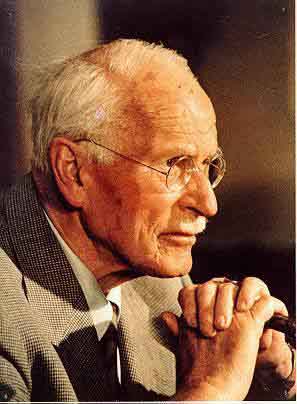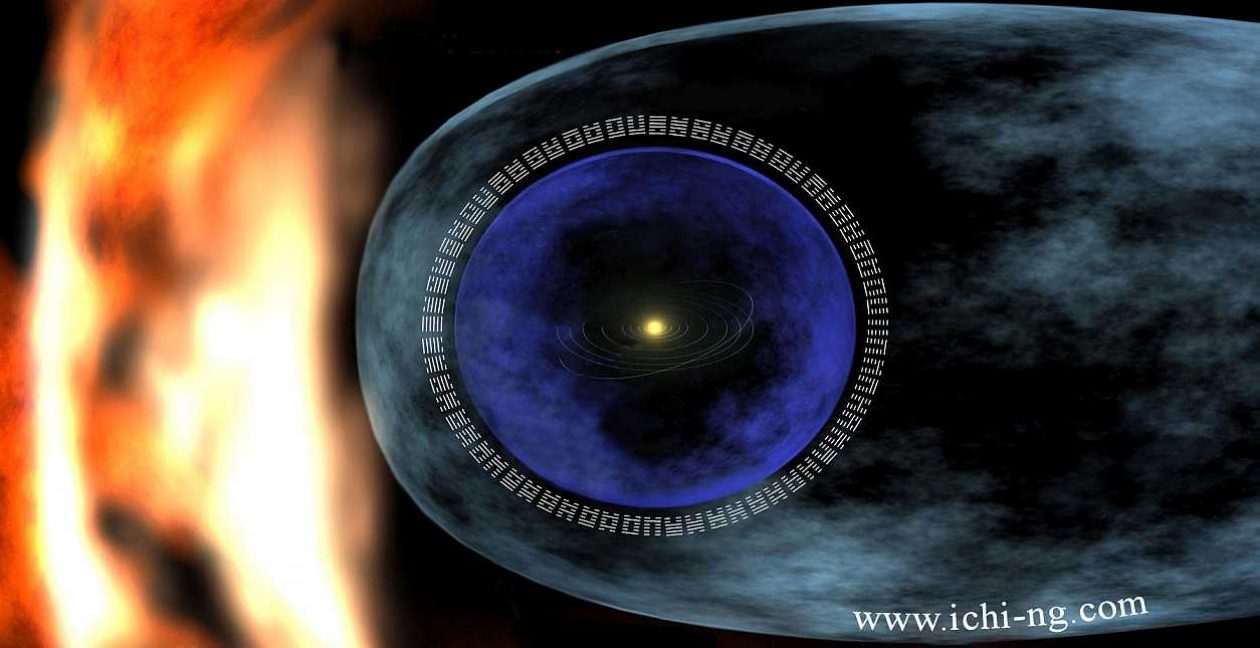
Psychologist Carl Jung has profoundly influenced the field of depth psychology and psychotherapy. His work has also been embraced by many counter cultural groups around the world. His approach to understanding the psyche was through the study and exploration of dreams, mythology, art, mysticism, religions and the occult. Psychological archetypes, collective unconscious, individuation and synchronicity are words and concepts strongly associated to Jung. He maintained a therapeutic practice through most of his life. He lectured, studied and wrote extensively on his understanding of psychology and psychotherapy. He maintained his study of astrology, I Ching, alchemy, mythology, dreams and religions in their capacity to be used for tapping into the psyche, but for the most part he kept his astrological and I Ching associations hidden or in the background. He was particularly drawn to Eastern religions and philosophies.
In his twenties Jung had a close association with Sigmund Freud. They parted ways as Jung favoured more emphasis on the unconscious than on sexual sources for neuroses. It is an interesting point that Freud was working with concepts of sexual duality which are really the essence of the I Ching. The concept of “Freudian Slips” is not so far away from the coincidence of the hexagram that is determined for the moment. Working with word associations and dealing with “Freudian slips” provided a good foundation for the concepts of synchronicity and I Ching which were to come later.
Jung had studied the I Ching for some thirty years before meeting Richard Wilhelm. They both shared a common interest in making the mystical insights of the East available to the West. It was through his interest in the I Ching that Jung developed the concept of synchronicity. Just after Wilhelm’s death, Jung wrote the introduction to the first English translation, by Cary F. Baynes of the I Ching or Book of Changes. This introduction bridged a gap for westerners and opened them up to the validity of divination. This introduction paved the way for the I Ching to reach millions in the English speaking word. It gave psychological credibility to the I Ching and brought about a pivotal moment of change in the history of the changes. The previously obscure teachings of China began to infiltrate the Western psyche.
Richard Wilhelm also gave Jung a copy of his book the Secret of the Golden Flower, for which Jung later wrote an introduction to. This was a book about the alchemical practices of Chinese mysticism and it had a profound influence on Jung, who from that time on worked with the archetypal images of the psyche in context with alchemy, astrology and the I Ching.
Carl Jung used both the I Ching and personal horoscopes in his therapeutic practices to tune into the characters and circumstances of his clients.
Carl Jung made the connection of astrology to psychology and of the I Ching to psychology as useful tools for discovery. Robin Armstrong’s work, The Sequence of Change, integrates the I Ching and astrology. Astrology is the subjective language of time and space. The I Ching is the language of change. The ancient Greeks considered all life to be in a constant state of change, and it didn’t become time, until someone started counting! The result of this merging of astrology and the I Ching is a most remarkable tool for analyzing the psyche and finding personal relevance both in character and in time. Without Jung’s introduction and explanation this work would not have been accomplished. Jung was concerned with integrating the East and the West. This work integrates the mysticism of China and India and reunites the East with the East through the West!
